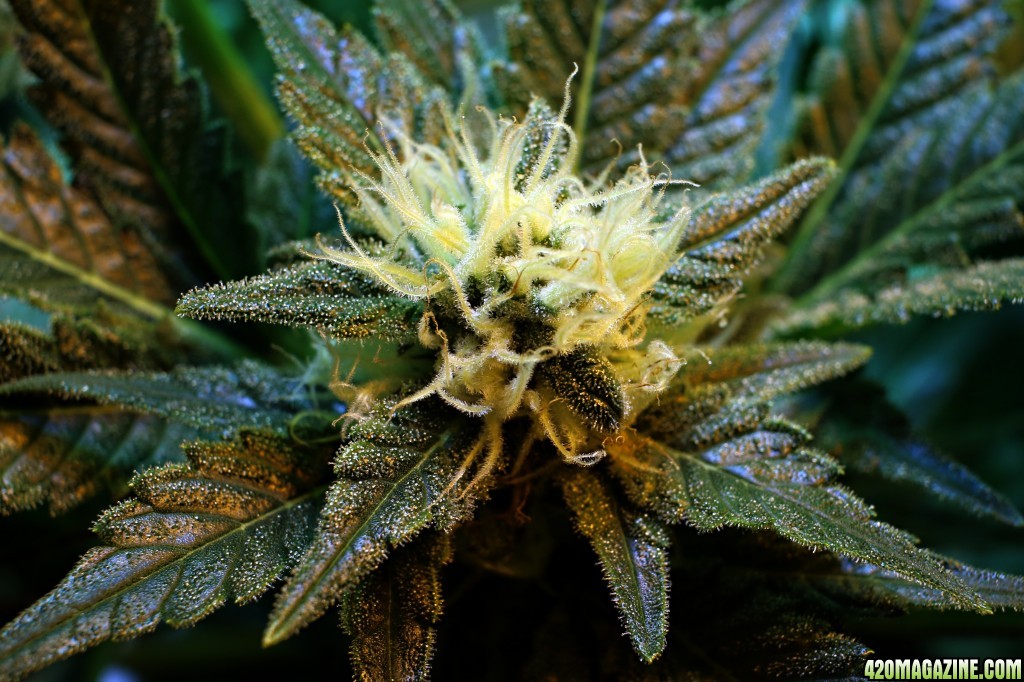Tunkers
Well-Known Member
I think it's time scrog pulled out the red filters in photoshop.Looking forward to see some red Home stretch is on
How To Use Progressive Web App aka PWA On 420 Magazine Forum
Note: This feature may not be available in some browsers.
I think it's time scrog pulled out the red filters in photoshop.Looking forward to see some red Home stretch is on









When will you start the koolbloom dry?
Mine has both but when talking to others I don't know what scale they have that's why I use ECMost meters that didn't come in a box of Cracker Jacks have the option of using the 500ppm, 700ppm, or EC scale. I like to use the 500 scale and then divide the result in my head by 200[FONT=&]e[/FONT]0.07t , where t=13.1, to derive the EC scale.
I too use EC for that reason
Can't you derive the ec by just taking your ppms and deviding by 500? And if this number isn't equal to the ec your meter it's off? Or obviously not a 500 scale....NA is typically 500, the EU is 700, and who the hell knows what the Aussies use.